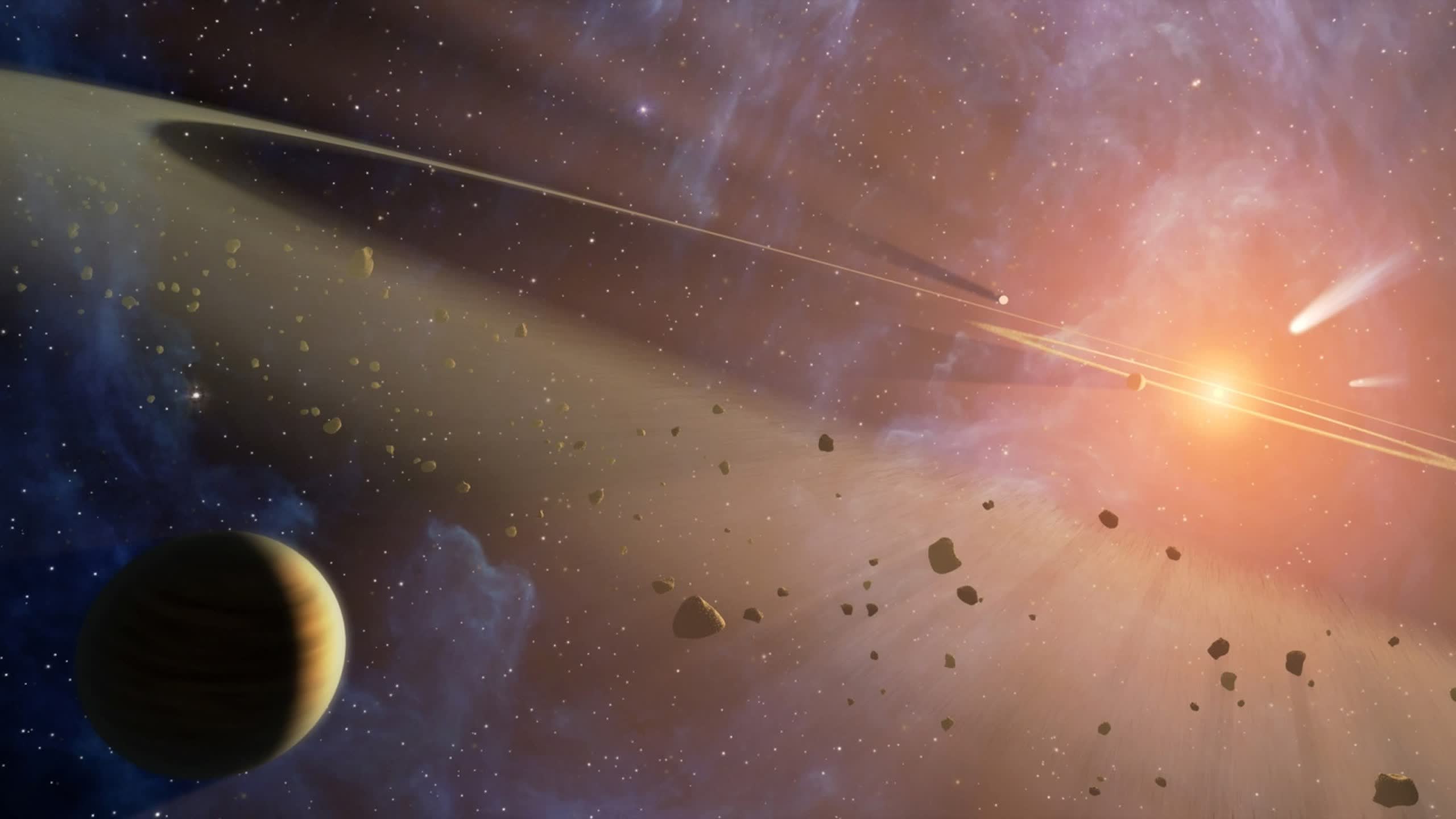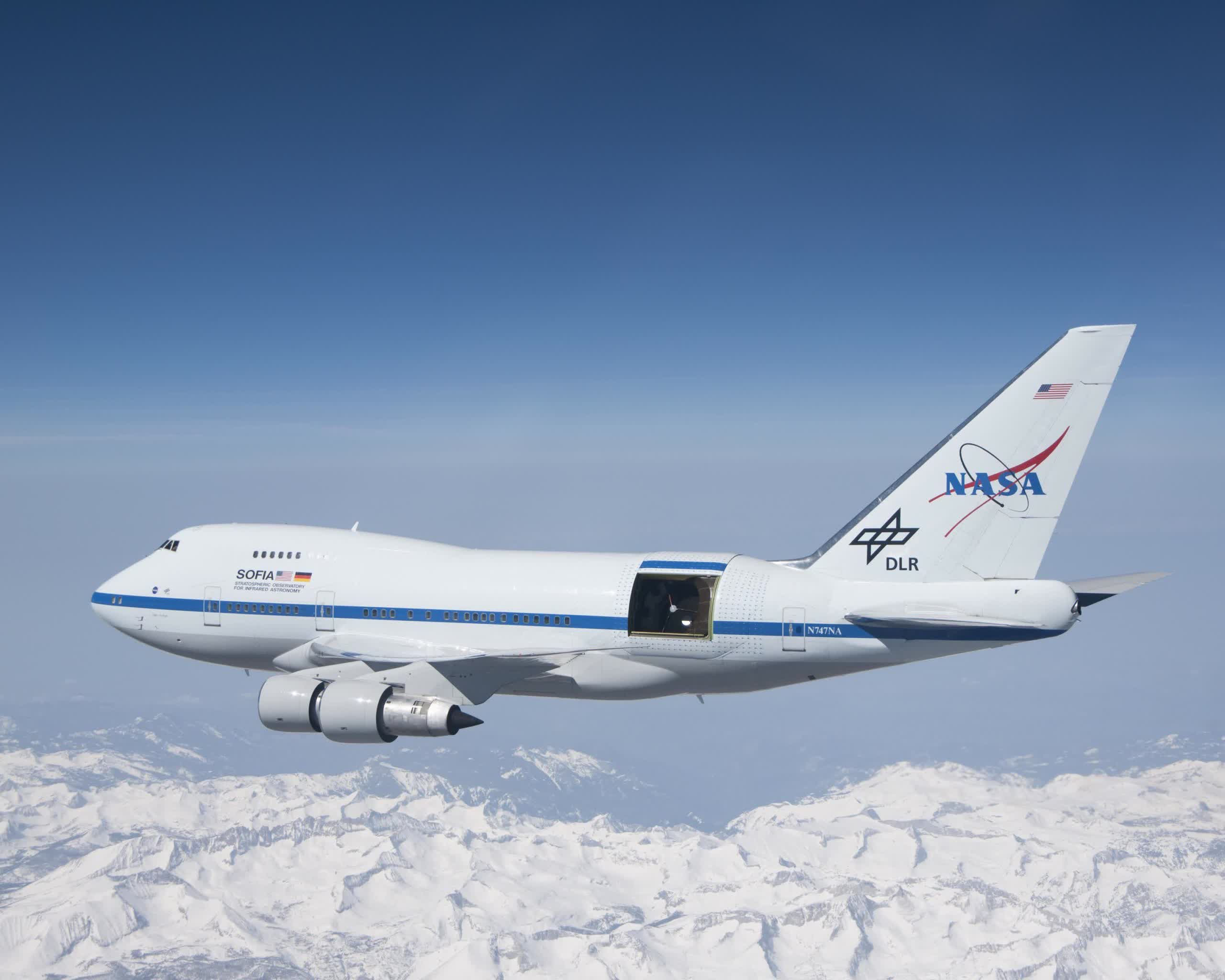Why it matters: Liquid water is a fundamental condition of life as we currently understand it, but liquid water oceans have only ever been directly observed on Earth. Scientists still aren't entirely sure how water came to Earth, but a recent discovery could open a path to shed light on the mystery.

According to a recent study, astronomers have confirmed the presence of microscopic amounts of water on asteroids in the asteroid belt. The discovery marks the first time water has been found on the surfaces of asteroids.
Researchers found traces of material that could be water on three large asteroids: 7 Iris, 18 Melpomene, and 20 Massalia. Of these, Iris and Massalia displayed unmistakable signs of water in amounts similar to those previously detected on the sunlit surface of Earth's moon. Prior possible water discoveries on asteroids could simply have been hydroxyl mistaken for water.
The findings are telling primarily due to the asteroids' locations and their relation to the solar system's formation. The discovery could help astronomers investigate the mystery of how water first appeared on the Earth; multiple theories exist.

During the solar system's initial formation roughly 4.5 billion years ago, the inner system is thought to have been too hot for water to form spontaneously. In one plausible explanation, impacts from icy comets and moons from the outer solar system could have brought water here.
However, this would have required unstable orbits from outer planets like Jupiter. Other evidence suggests that a large portion of the Earth's water has been here since the planet's formation or the massive impact that created the moon early in the Earth's life.
The recent discovery expands the potential number of places in the inner solar system that harbor water. Additional investigation could widen the net further.
Astronomers made the findings using data from NASA's Stratospheric Observatory for Infrared Astronomy (SOFIA) aircraft, a Boeing 747 which housed a 106-inch telescope. Utilizing an airplane allowed the instrument to make observations from the Earth's stratosphere, which incurs less atmospheric interference. It could also view events occurring over oceans, which cover most of the Earth's surface but have no telescopes. However, SOFIA was retired in 2022, and further study of the asteroids will utilize the James Webb Telescope, which has captured stunning images of the solar system and the outside universe since its launch in late 2021.
https://www.techspot.com/news/101958-scientists-find-water-asteroid-surface-first-time.html